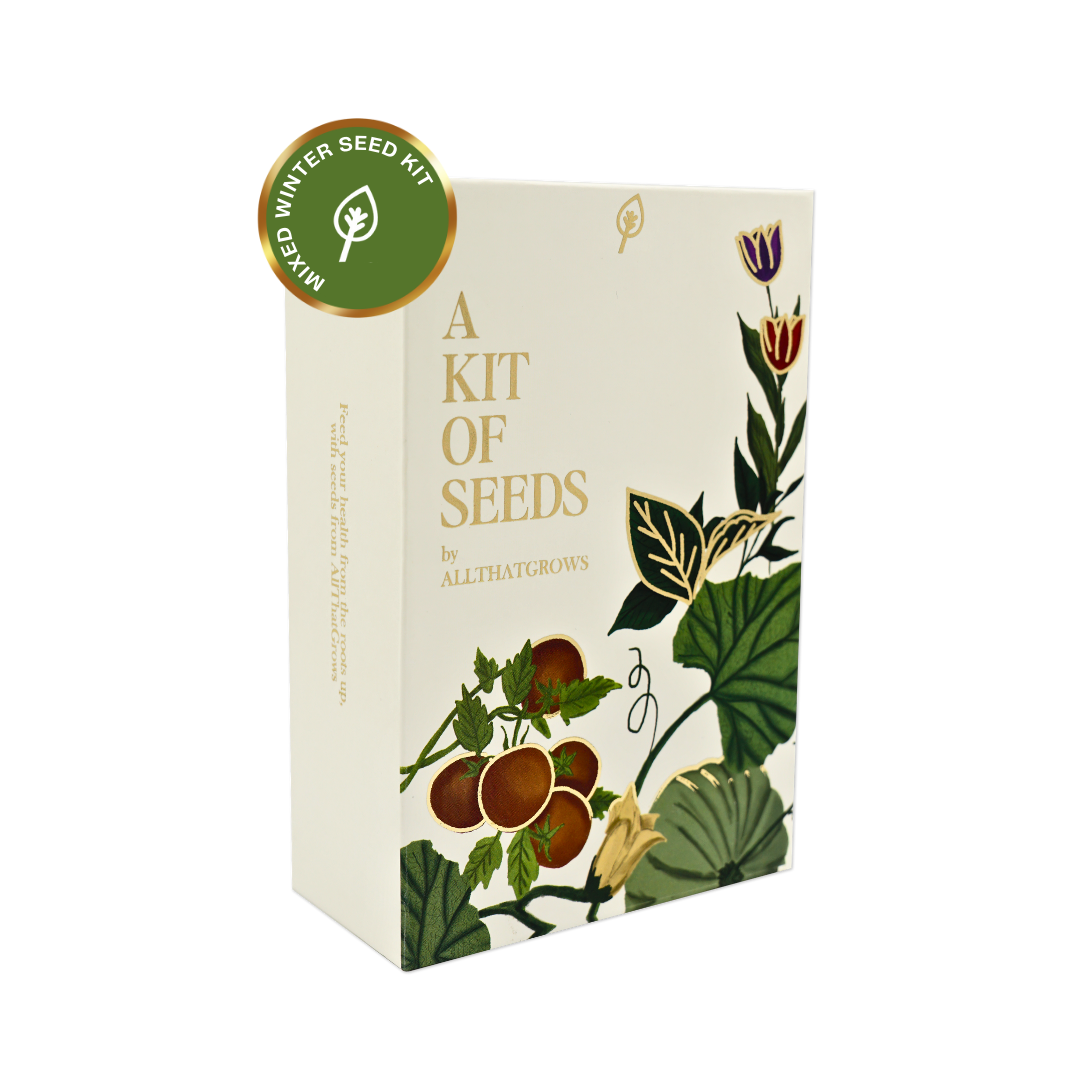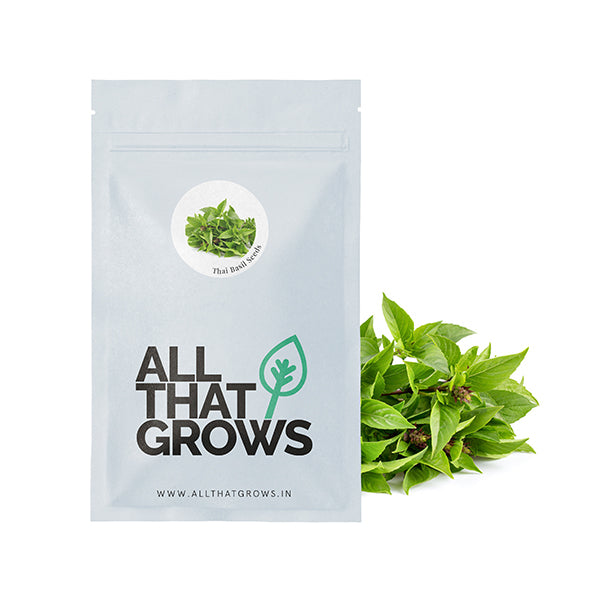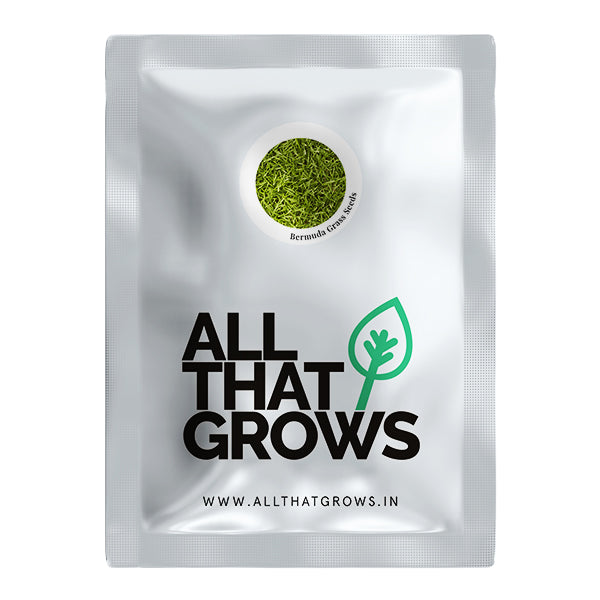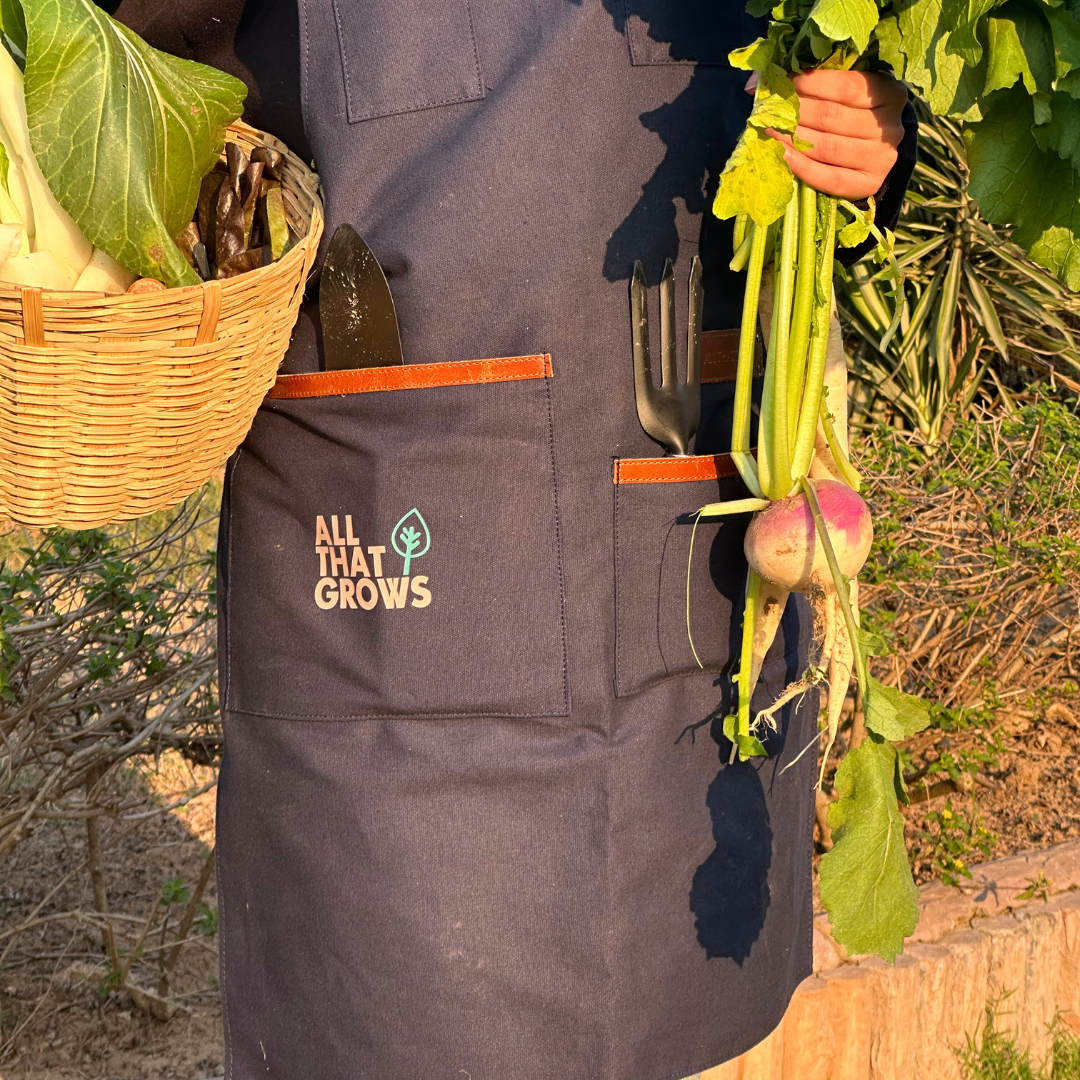- Details
- How to sow
- Reviews
Adding an extra dense color to your salad, soup and any other recipe which calls for carrots, these gorgeous black carrots make for a dish that is full of nutrition and character. Scientifically known as Daucus carota subsp. Sativus, black carrot are most commonly grown in Egypt, Pakistan, India, Afghanistan and Turkey. Black carrots contain the plant pigment, anthocyanin, which is responsible for its coloring. The juice of black carrot also works as a blood cleanser due to high concentration of Vitamin A, C, Iron and Selenium, Calcium. The presence of high levels of anthocyanins, a powerful antioxidant, has anti-cancer, anti-inflammation properties and is instrumental in pain reduction as well as for treating neurological dysfunctions. Black carrots can suggestively be used in salads, soups, sandwiches or the winter quintessential Gajar ka halwa for taste and colors.
Planting instructions
Plan to plant seeds outdoors as the weather starts to cool down but before the onset of winters.
Plant seeds ½ inch deep.After germination thin carrot seedlings (when they’re 2-3 inches tall) to about 2 – 3 inches apart.
For potting, choose 10-inch deep and as wide as possible containers.
Choose a location that is sunny.
Growing Requirements
Pests
Weeds, pests, and diseases affect the growth of carrots on the ground but rarely in containers. Carrot flies fly close to the ground and can be prevented by creating barriers or lifting the container off the ground. Aphids (plant lice) and flea beetles are common pests that can disturb the foliage growth but can be easily controlled by natural ways.
soil
The ideal soil is deep,sandy and well-drained so that the carrots can push through and are not forked or send out small side roots.Ideal pH range from 6 to 7. If you want to make a soilless mix, add 1 part coco peat,1 part well-rotted manure, and 1 part vermicompost or sand.
spot
To encourage root growth,use a fertilizer that is low in nitrogen but high in phosphorus and potassium
temperature
Carrots best germinate and grow when the temperature is between (15 – 25 C). Carrot seeds usually germinate in the time-frame of 1-3 weeks.If you’re growing carrots in pots, you can try to adjust the temperature a bit by moving the containers to shade if the weather is warm and in more sun if the weather is too cold.
watering
Water regularly and evenly to keep the soil slightly moist and never allow the soil to dry out completely.Avoid water logging the pots.
how to harvest
Harvesting time may vary from 60 – 110 days depending on the carrot type, climate and growing conditions.
Before picking, see whether your carrots have reached the desired size or not by uprooting a couple of plants.
You may leave mature carrots in the soil for few extra days for storage if the soil does not get block.
To store freshly harvested carrots, twist off the tops, scrub off the dirt under cold running water, let dry and seal in airtight plastic bags, and refrigerate.

The productiveness of any seed we sell is subject to your local climatic conditions*, the sowing method you adopt, and your commitment to the planting process. We give no warranty, expressed or implied, and are in no way responsible for the produce.
Please note that all our seasonal recommendations/ sowing information is as per the local climatic conditions. *For more information on the optimum conditions required for growing seeds in your region, please contact us at, hello@allthatgrows.in or Whatsapp us at, +91 8544865077
Questions & Answers
Have a Question?
Be the first to ask a question about this.


















